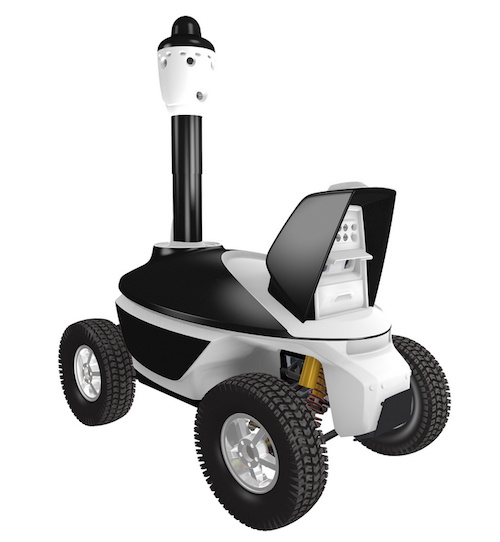
The use of robotics to streamline operations in various sectors of the market is not a new concept. In fact, automation and artificial intelligence (AI) in the form of robotics capabilities are being introduced in everything from transportation services to farming. I recently traveled through the Seattle-Tacoma International Airport and noticed that McDonald’s has self-serve menus for ordering and payment, resulting in advanced automation that focuses on streamlining the management and customer service that humans offer to customers.
Sea-Tac is also using robots at their security checkpoints to inform passengers how to efficiently proceed through security – telling passengers to remove their belts, empty their pockets, remove laptops, etc. Along the lines of AI uses, a tomato farmer has implemented its use to better control pests and diseases in greenhouses, resulting in improved harvests and reduced labor costs – with yields up to 20 percent higher.
But how does this all play into what we’re doing in the security space? It’s all about delivering value to customers through combining robotics, automation and the use of AI. The critical discussion on how best to use these tools continues to be ongoing.
Within security, AI and automation are already being used to take the protection of assets even further and deliver more streamlined business operations through the use of robotics. But this technology must reach far beyond simply patrolling a shopping mall and entertaining kids. Autonomous robot manufacturers and distributors must elevate society’s expectation of what robotics can deliver to end users by educating the public on the multiple positive effects that the technology delivers, including:
Coverage of wide, expansive areas: Robots deployed at critical infrastructure sites, on corporate campuses or at educational facilities can offer officials a look at an area that can oftentimes be difficult to cover because of cost limitations, location and a lack of resources. The deployment of a security robot that has the ability to provide surveillance of a large area and alert security officials to any anomalies can save organizations time, money and capital investments in costly equipment.
Extension of traditional guards: Deploying a robot to help augment a human guarding component is good business. Not only does it free up human guards to take on more robust roles within the security department of an organization, but the robot also has the ability to take on the mundane tasks for which automation is ideal.
Reducing risk: There are a number of security-related jobs that are considered dangerous, including patrol in a nuclear waste storage facility or oil and gas production site. Using human guards for these sites can increase liability insurance costs and worker’s compensation claims in the event of an incident. Augmenting human guards with robots can help reduce these expenditures.
All of these advantages help us achieve the real value associated with robotics in the security space. Cost savings alone related to deploying a robotic guard can shift priorities significantly to other areas where improvement is needed, thereby reducing the overall budget of an organization’s security department or allowing officials to invest in more robust capital investments that are needed across the enterprise.
Robotics provide real value to leaders across vertical markets through the reduction of risk and the transferable nature of mundane tasks. It is critically important for enterprise organizations to weigh the cost and outcomes of implementing this new and innovative technology to meet basic business needs. As robotics become more mainstream, we’ll look back on this brink of innovation and understand that we were at the edge of something truly revolutionary.
About The Author
By Steve Reinharz
Founder and President
Robotic Assistance Devices

